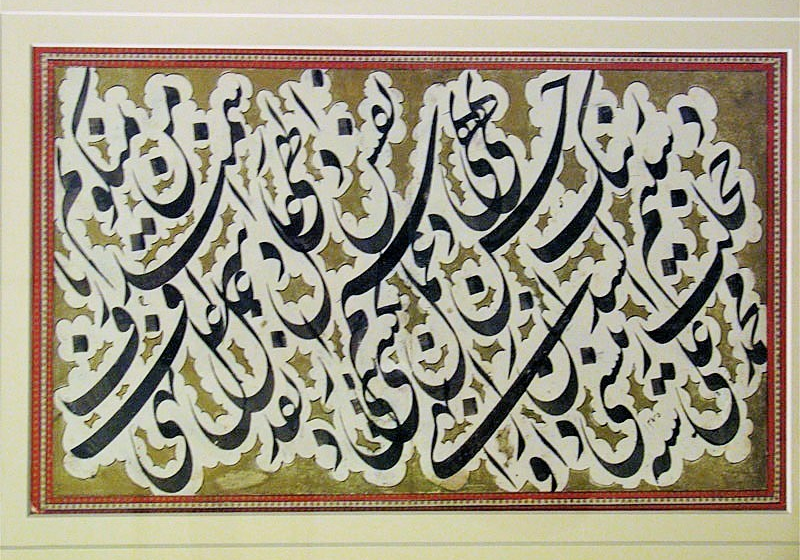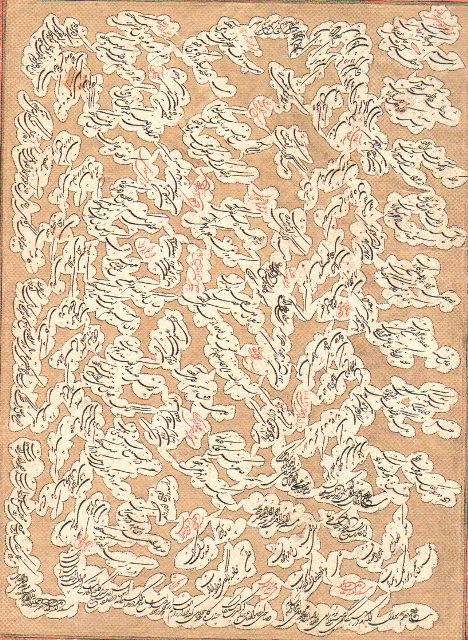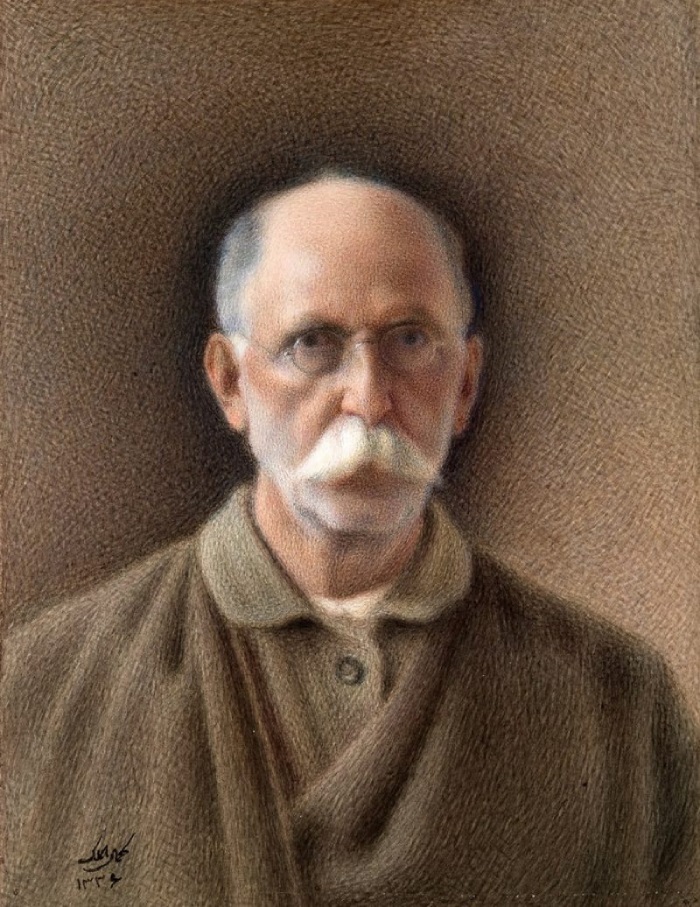Iranian Graphic Design: An Artistic Fusion of Technique and Content
Graphic design is the art and process of selecting and arranging elements such as images, text, symbols, and colors into a new visual composition to convey a specific message to an audience. Commonly, the term “visual communication” is also used interchangeably with graphic design, emphasizing the coordination and alignment of various arts and professions to establish communication and present specific visual information.
Graphic design is often a collaborative effort, where the designer integrates texts from writers with images from photographers and illustrators, using tools such as typography, page layout, printing, and digital software to create a cohesive work. Today, graphic design encompasses a wide range of applications beyond print media on paper, walls, canvas, metal, wood, fabric, or plastic—it also appears in media such as cinema, television, and the internet.
History of Graphic Design
Modern graphic design is a relatively recent phenomenon in human history, yet it has clear roots in certain ancient and historical achievements. For instance, early writing systems such as cuneiform, hieroglyphics, and Chinese characters served as important models for the development of some aspects of today’s graphic design. These early scripts represent humanity’s first attempts to convey ideas and intentions through visual and textual symbols.
There are two main perspectives on the existence of graphic design in historical periods. Some art historians consider certain traditional arts—such as miniature painting, historical book illustration, calligraphy, and engraving—as precursors to modern graphic design. Others argue that the history of graphic design properly begins with the advent of modern printing: the invention of Gutenberg’s printing press in the 15th century and the subsequent efforts to design metal typefaces in the 18th century.

Poster of the 4th Tehran International Film Festival, by Morteza Momayez
Most Western art history sources consider the second half of the 19th century—an era marked by major industrial and commercial influences on urban life—as the beginning of modern graphic design. These sources describe early graphic design primarily as an industrial skill within the mechanical process of printing advertisements. As technical and communication capabilities became more sophisticated, the design and execution of graphic works gradually separated. In this new division of labor, the designer assumed the role of conceptualizing the client’s request and creating an appropriate design, while the execution was delegated to printers and print shops under the designer’s guidance.
Graphic design emerged through the integration of fine and applied arts and the spread of lithographic printing. European designers’ fascination with Japanese woodcuts further influenced this development. The organization of international trade exhibitions, and some painters’ shift toward poster design. Early posters covered a wide range of artistic and commercial subjects, gradually paving the way for graphic works to enter major art museums. This growing public interest in visual communication and the proliferation of various graphic forms ultimately led William Addison Dwiggins, an illustrator and type designer, to coin the term “graphic design” in 1922 to describe his diverse works. By 1945, the term gained widespread acceptance, and universities around the world began offering programs under this name.
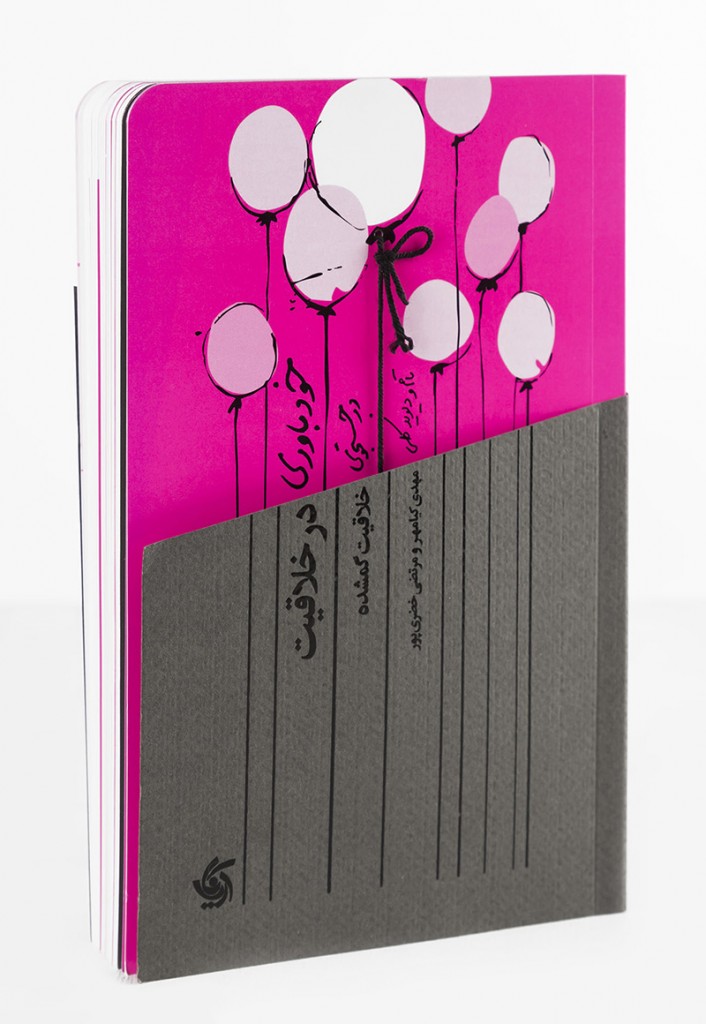
Book cover design for Self-Confidence in Creativity, by Majid Zare’.
Branches of Graphic Design
Graphic design is a vast field of visual communication that encompasses a variety of branches. This art form is present in all print media as well as in newer media such as cinema, television, and the internet. According to common classifications, poster design, logo (symbol) design, pictogram design (Engraving), packaging, typography (type design), page layout, and web design are considered the main branches of graphic design. In the following, each of these branches will be discussed in detail.
a) Poster Design
A poster or announcement is a single-page design created to inform people about a specific topic, either displayed on a wall or other vertical surface, or published in digital spaces. a wall or vertical surface, or published in virtual spaces. This graphic product typically combines text with illustrative elements, though it may sometimes consist entirely of text or solely of images. The main features of poster design include visual appeal and its informational function. Posters are commonly used for commercial advertising, expressing protest or social commentary, and announcing special political, social, cultural, or artistic events. Occasionally, posters are also used to reproduce famous and valuable works of art.
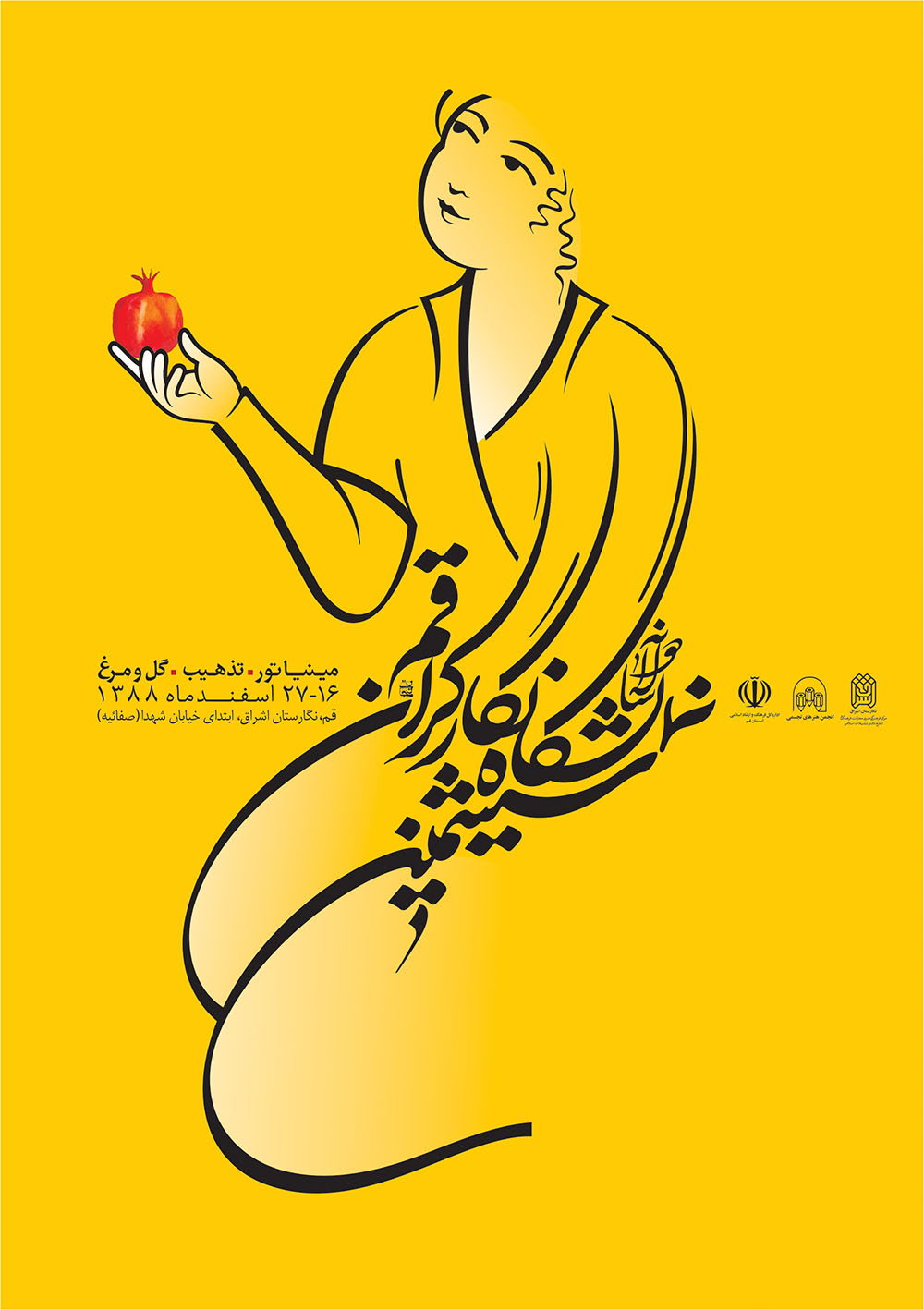
Poster of the 6th Qom Painters’ Exhibition, by Masoud Najabati
b) Logo Design (Sign Design)
A logo or sign is a specific and unique symbol through which an organization, company, or governmental/private institution is recognized. Logos come in many forms: sometimes consisting solely of a symbolic shape, sometimes made from the full or abbreviated letters of a name (wordmark), and sometimes a combination of symbols and letters. Logo design is one of the most challenging areas of graphic work, requiring a precise understanding of the subject, audience, and visual elements such as color, form, and shape. Key characteristics of an effective logo include simplicity, clarity, unity, coherence, adaptability across different media, and memorability.

News Network Logo, by Mostafa Asadollahi
c) Packaging Design
In graphic design, packaging is a prominent area of visual communication aiming to convey a message to a broad audience. Packaging design consists of various components that must create a cohesive impact on the viewer. Generally, this type of graphic design such as designing the overall shape of the package (suitable for the product), creating cutting and folding lines (die lines), typography, logo (brand mark) design, color selection, illustration, and precise placement and orientation of text and product information. Understanding the product, the consumer, and the market, awareness of color psychology, adherence to domestic and international standards, and quickly communicating product information are among the most important factors in effective packaging design.

Product Packaging Design, by Fatemeh Karkeh-Abadi
d) Pictogram Design
A pictogram is a type of standardized graphic symbol that conveys meaning through its resemblance to real-world objects or activities. In other words, a pictogram is an international communication symbol created by simplifying the actual image of an object or specific activity. Pictograms are commonly used in public spaces for guidance, warnings, instructions, and general education. Since pictograms usually come in sets (such as traffic signs), their design emphasizes visual consistency and coherence. Modern pictograms trace their origins back to ancient ideographic scripts, such as cuneiform and hieroglyphs.
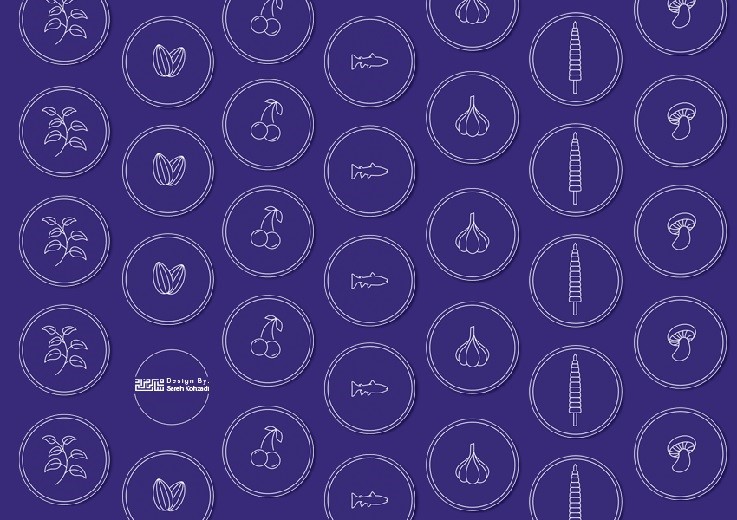
Pictogram Design, by Sareh Kahzadi
e) Typography (Lettering Design)
Typography is the art of arranging and combining written letters to create a visual form or language. It is often based on three main principles: letter transformation, exaggeration, and simplification. To maximize visual impact, readability may sometimes be secondary to the overall arrangement of letters.
Typography involves the careful selection and arrangement of typeface, punctuation, size, line spacing, letter spacing, and the balance of positive and negative space, all meticulously organized to achieve visual harmony. Modern typography emerged in the early 20th century as a reaction against symmetrical and ornamental historic letterforms. It embraced asymmetrical letter designs, geometric forms, varied letter sizes, and the use of color in text composition. Today, typography is an independent and conceptual art within graphic design, applied in film titles, book covers, posters, logotypes, graffiti, and other visual communication media.
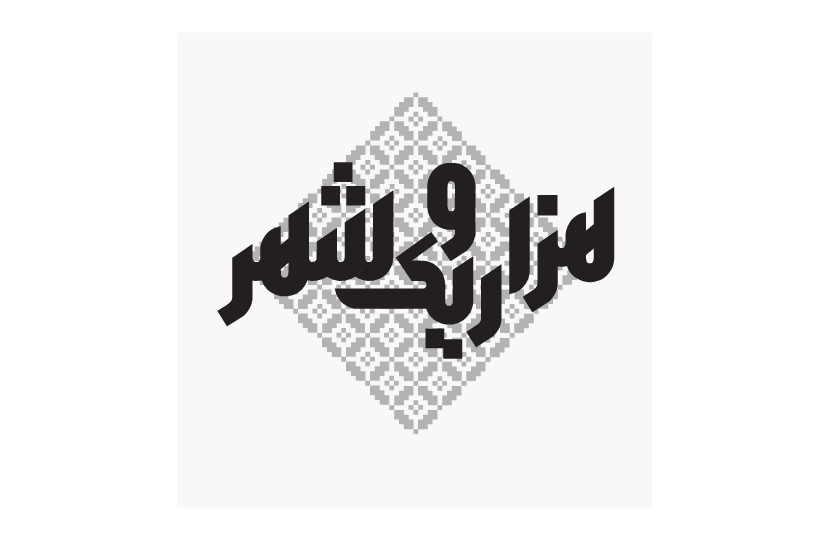
Typography Design, by Masoud Sepehr
f) Page Layout (Composition Design)
Page layout refers to the process of creating a harmonious relationship between textual elements, images, and the empty spaces on a page. In graphic design, it is applied according to the predetermined structure of books, magazines, newspapers, websites, and similar media.
Key considerations in page layout include the margins and spine, line and column spacing,the placement of images and photographs, and the choice of typeface and typographic arrangement. Today, most page layouts are created using computer software, such as Adobe InDesign.
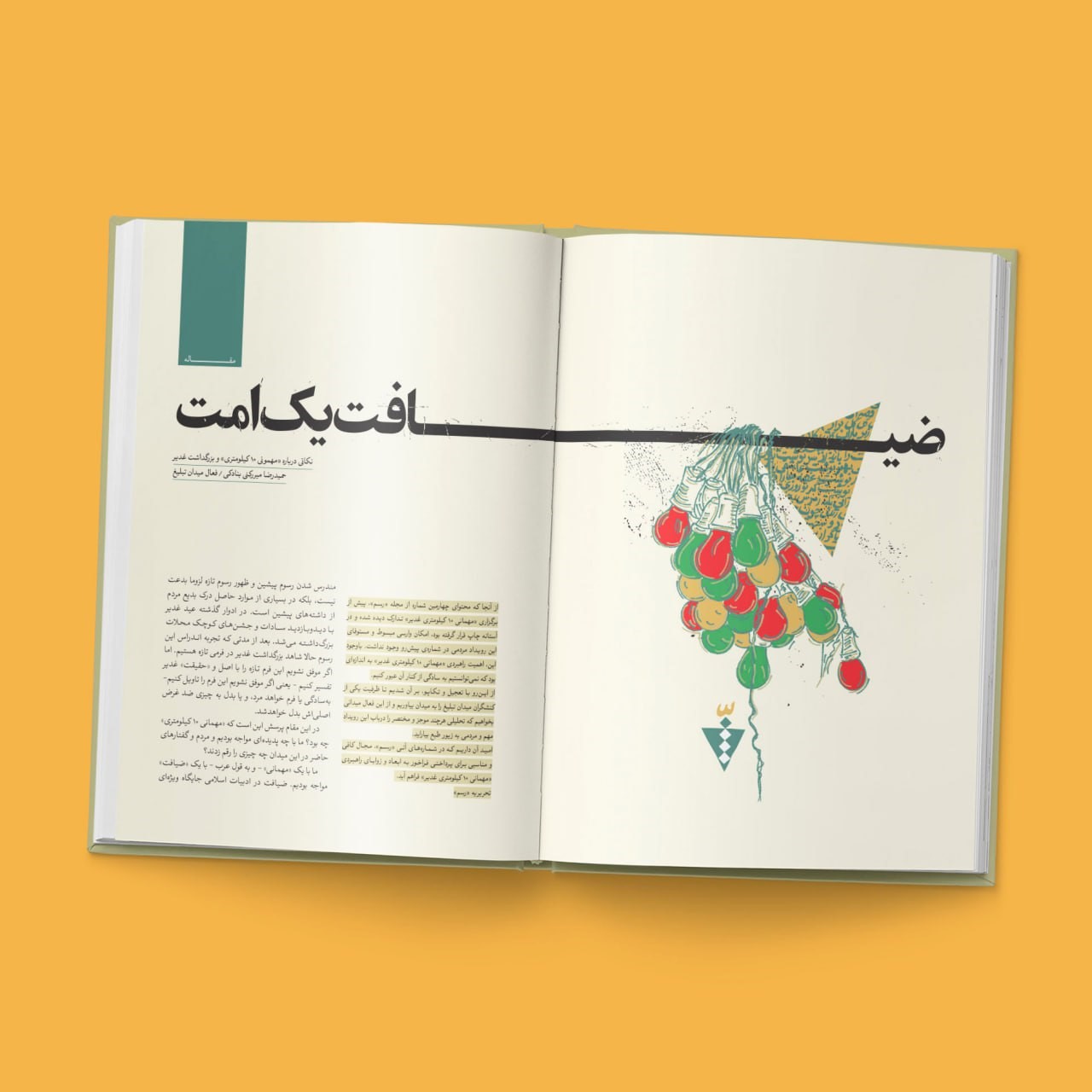
Magazine Layout, by Mojtaba Majlesi
Web Design
Web design is a relatively recent branch of graphic design, where, instead of printed materials, computer-based visual and light-based tools are used. In this type of graphic design, the designer executes ideas either on paper or directly on a computer and delivers them to a programmer for digital implementation.
Web design, which also extends to multimedia applications, often integrates various branches of graphic design, including logo design, typography, and page layout. Key considerations in web page layout include using consistent fonts, applying color schemes suited for digital environments, and maintaining design coherence to prevent viewer confusion and ensure quick recognition of a site’s identity.

Web Page Design, by Mehrdad Meh-Abadi
Graphic Design Tools
The art of graphic design shares many tools with other visual arts, such as drawing, painting, and illustration. In this field, tools are as important as the design itself, significantly influencing how the audience perceives the intended message. Today, computers and graphic design software are among the most important tools, alongside traditional instruments like pencils and paper. Often, both traditional and modern tools are used simultaneously for ideation or the final presentation of a work. "Overall, graphic design widely employs elements such as photography, various drawing and illustration tools—including pencils, pastels, pens, ink, watercolor, gouache, and acrylic—along with printing techniques and other image-making methods.
Graphic Software
With the emergence and widespread adoption of desktop publishing, computer software gradually took a central role in designing and producing graphic works. Graphic design software generally falls under the category of application software, enabling the creation, editing, and management of visual content. The reduced need for hand-eye coordination and drawing skills, along with increased speed and precision, are among the main reasons designers prefer using such software today.
Graphic software is typically divided into raster-based and vector-based categories. Programs like Adobe Photoshop, CorelDRAW, Adobe InDesign, Adobe Illustrator, and QuarkXPress are among the most popular, thanks to their extensive capabilities for designing and editing 2D, 3D, and multimedia graphics.
Graphic Design in Iran
The roots of contemporary graphic design in Iran trace back primarily to the establishment of modern printing presses and subsequent scattered experiments in newspapers and political announcements during the second half of the 13th century SH (Solar Hijri). Modern Iranian graphic design began to take shape nearly seventy years ago, manifesting in newspaper layouts, book covers, commercial advertisements, stamps, official documents, and various posters—especially cinema and theater posters.
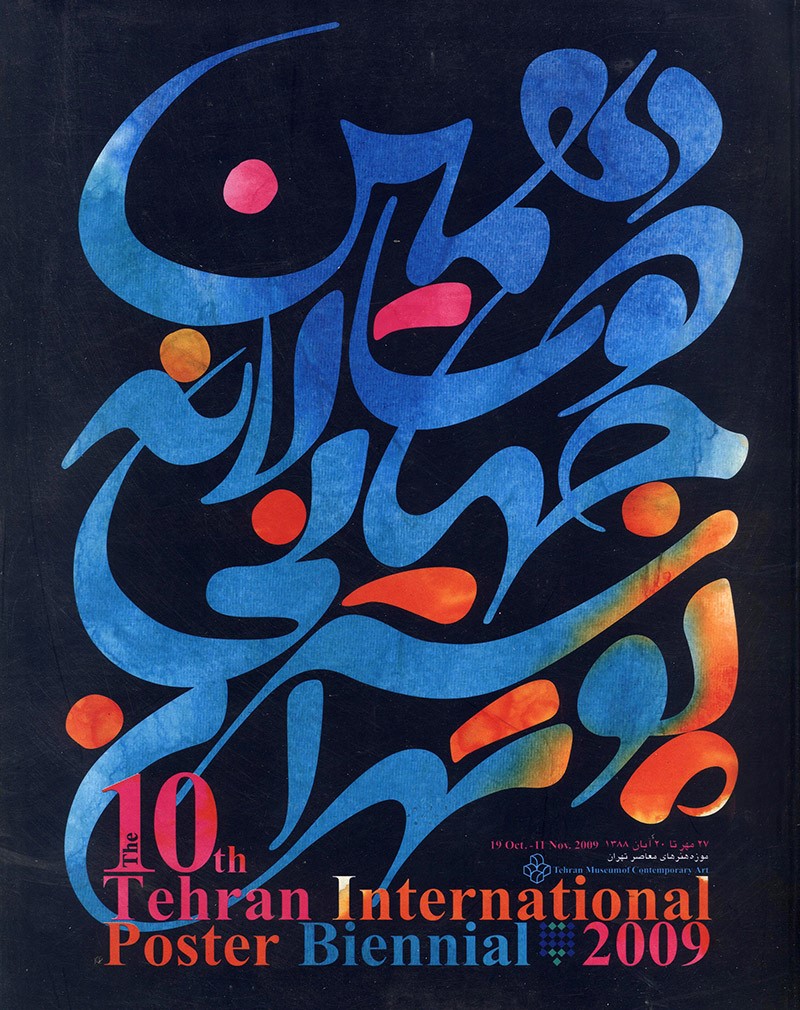
The 10th Tehran International Poster Biennial, by Ghobad Shiva
A major step in the development of graphic design in Iran was the establishment of graphic design programs in art faculties. This initiative helped professionalize contemporary graphic design in Iran and bring it in line with global trends. Other significant factors in the advancement of Iranian contemporary graphic design include the organization of exhibitions, publication of books showcasing Iranian graphic designers’ works, the formation of the Graphic Designers’ Association of Iran in 1997 (1376 SH), the adoption of computer-based design alongside the rise of desktop publishing, the creation of Persian digital fonts, and finally, the establishment of the Iran Graphic Museum in 2014 (1393 SH). One of the driving forces behind the growing development of graphic design in Iran over the past decades has been the increasing cultural and social demand, particularly in areas such as book and magazine design, posters, logos, advertising billboards, and packaging.
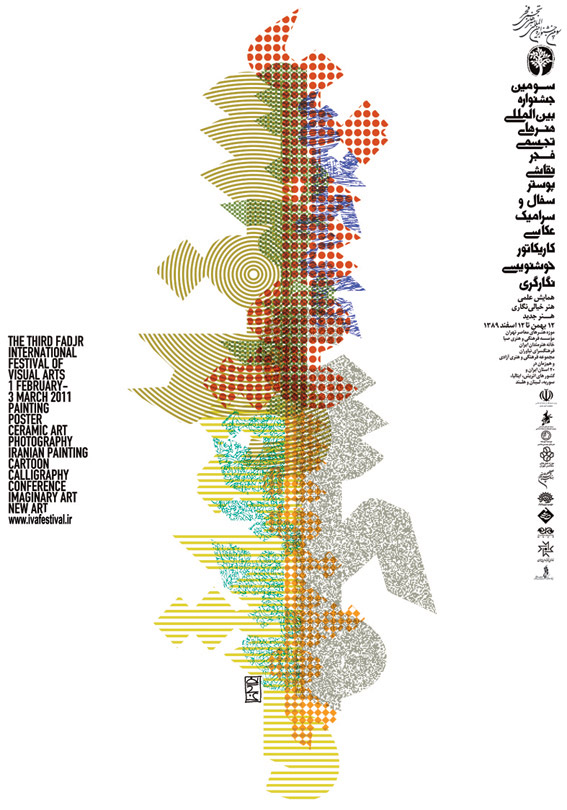
Poster of the 3rd Fajr Visual Arts Festival, by Reza Abedini
One of the high points and hallmarks of graphic design in Iran—considered a pioneering movement even in comparison with global graphic design—is the innovative use of the expressive and formal capacities of Persian calligraphy in graphic compositions. This movement began with the typographic works of Ghabad Shiva in the early 1970s (early 1350s SH), roughly parallel to the Saqqakhaneh movement in modern Iranian painting. In some of Shiva’s posters, calligraphic motifs, modified through graphic techniques, became the central element of the artwork. This focus on the visual and formal aspects of Persian script resurfaced in the late 1990s (late 1370s SH) among designers such as Reza Abedini and Masoud Najabati and was further amplified through the widespread adoption of computer-based design. Today, among the graphic works produced in Iran, it is rare to find a piece that has not been directly or indirectly influenced by this movement.
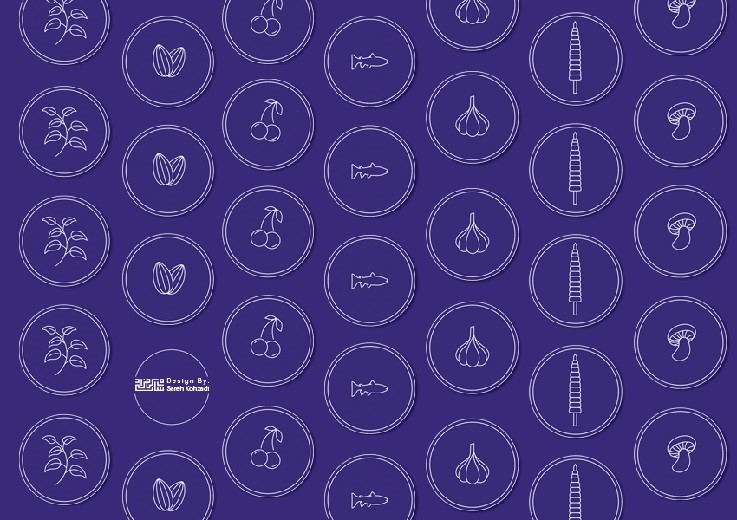











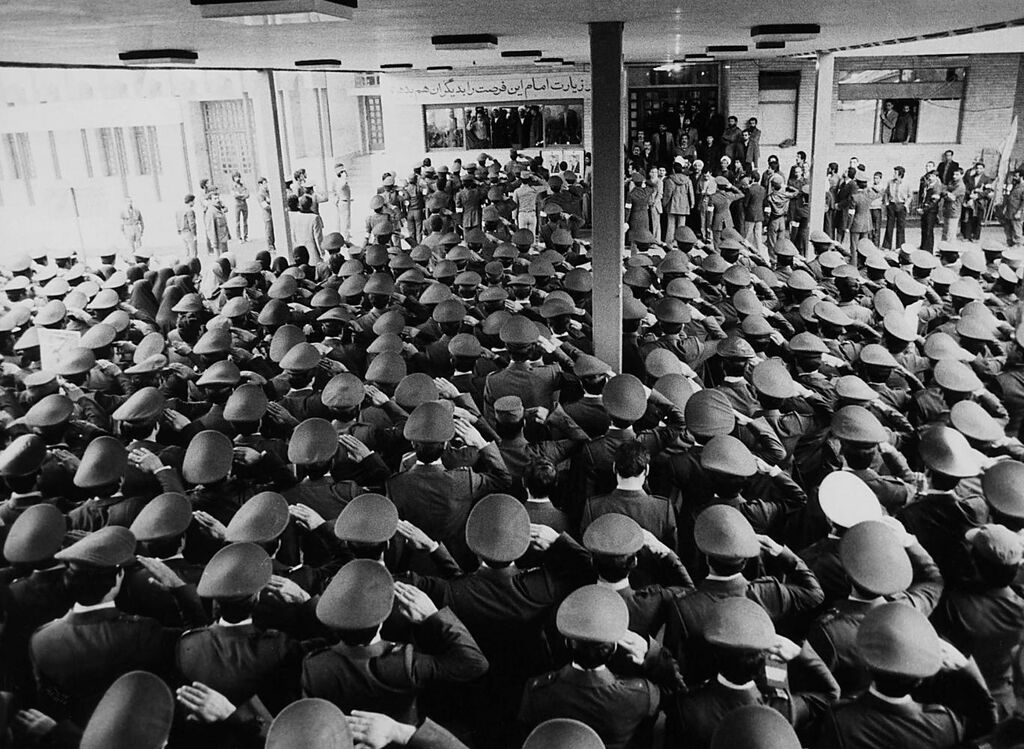
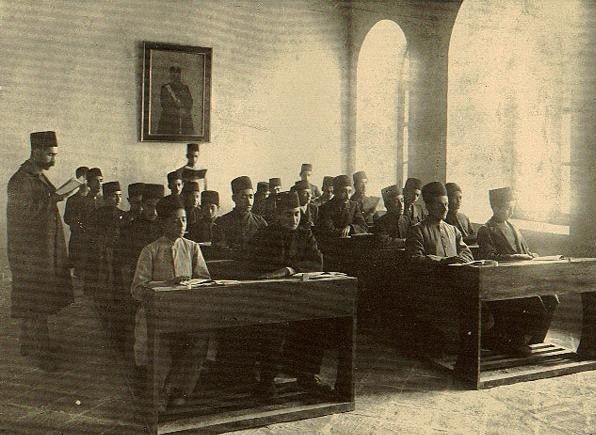
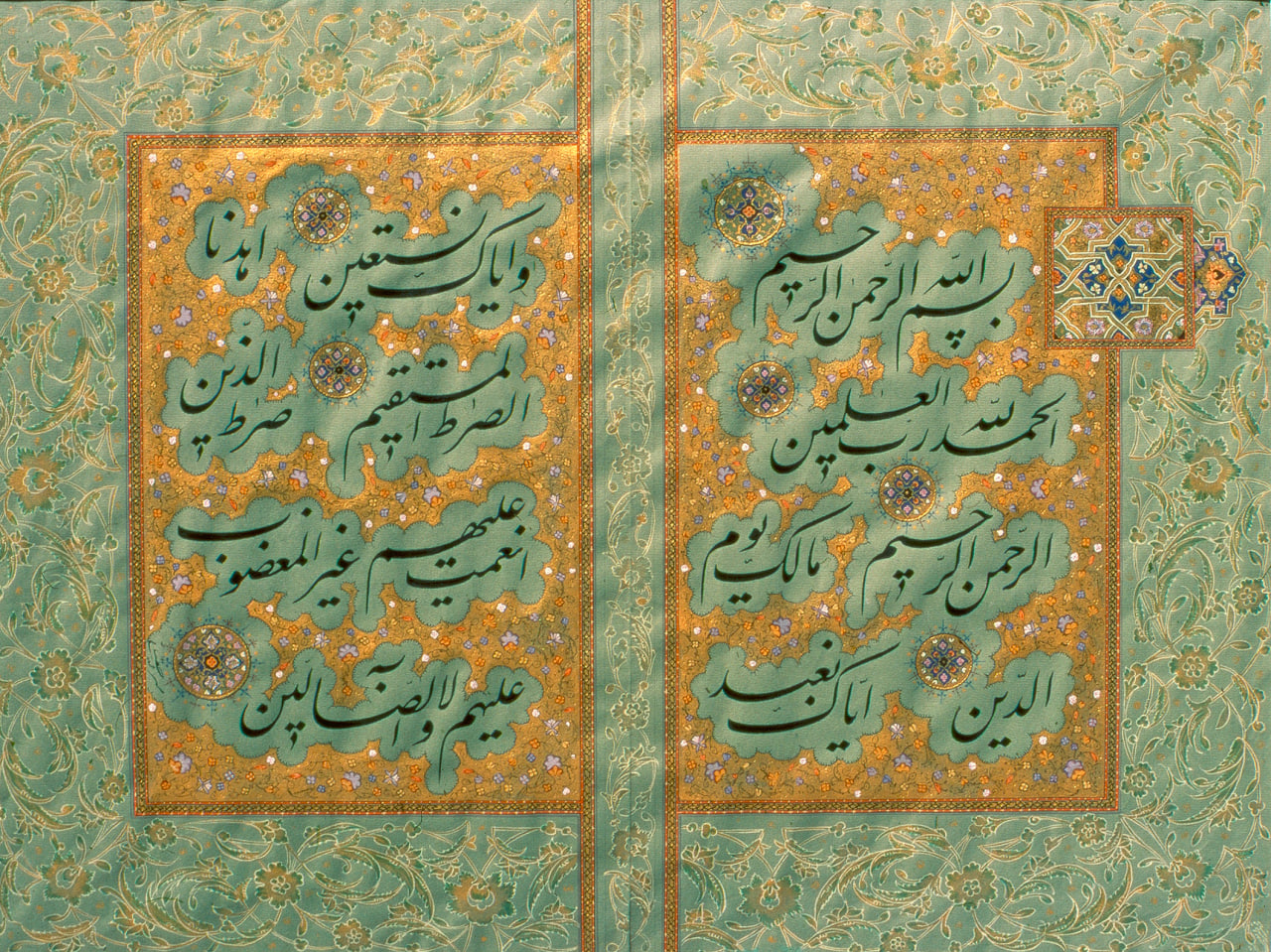

.jpg)
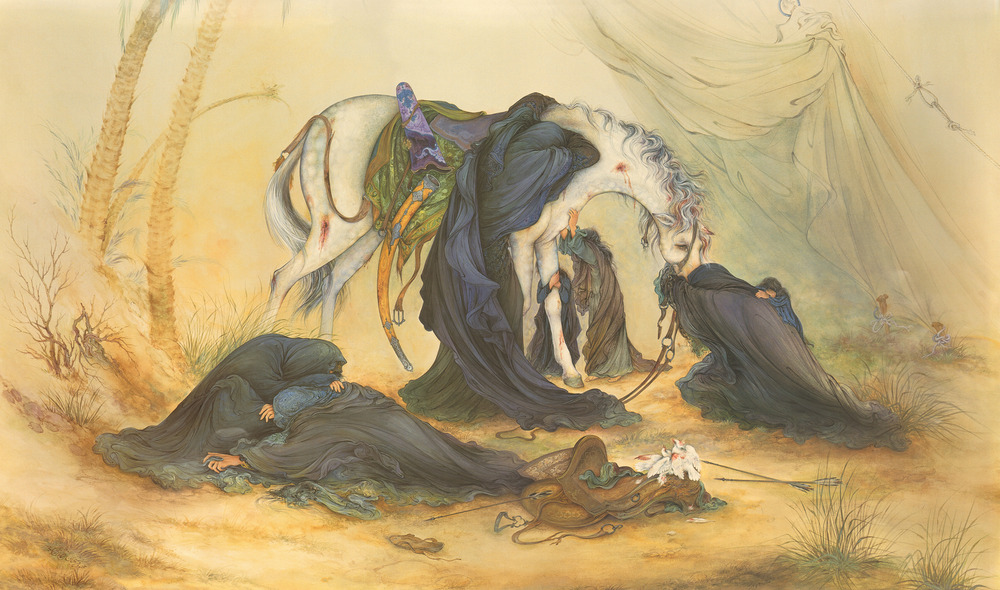
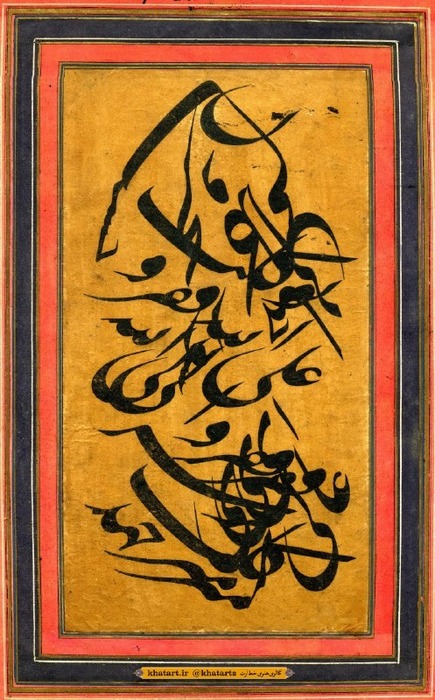
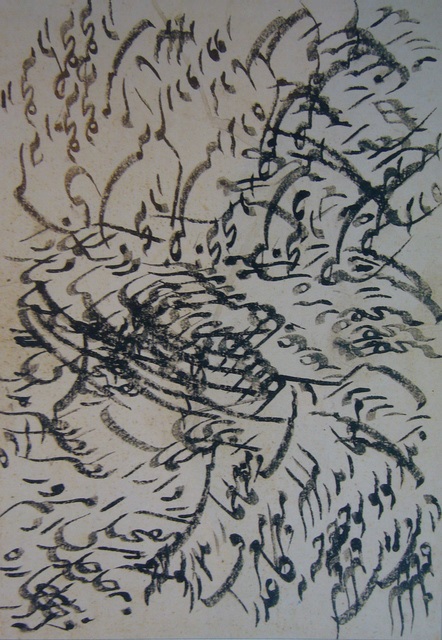
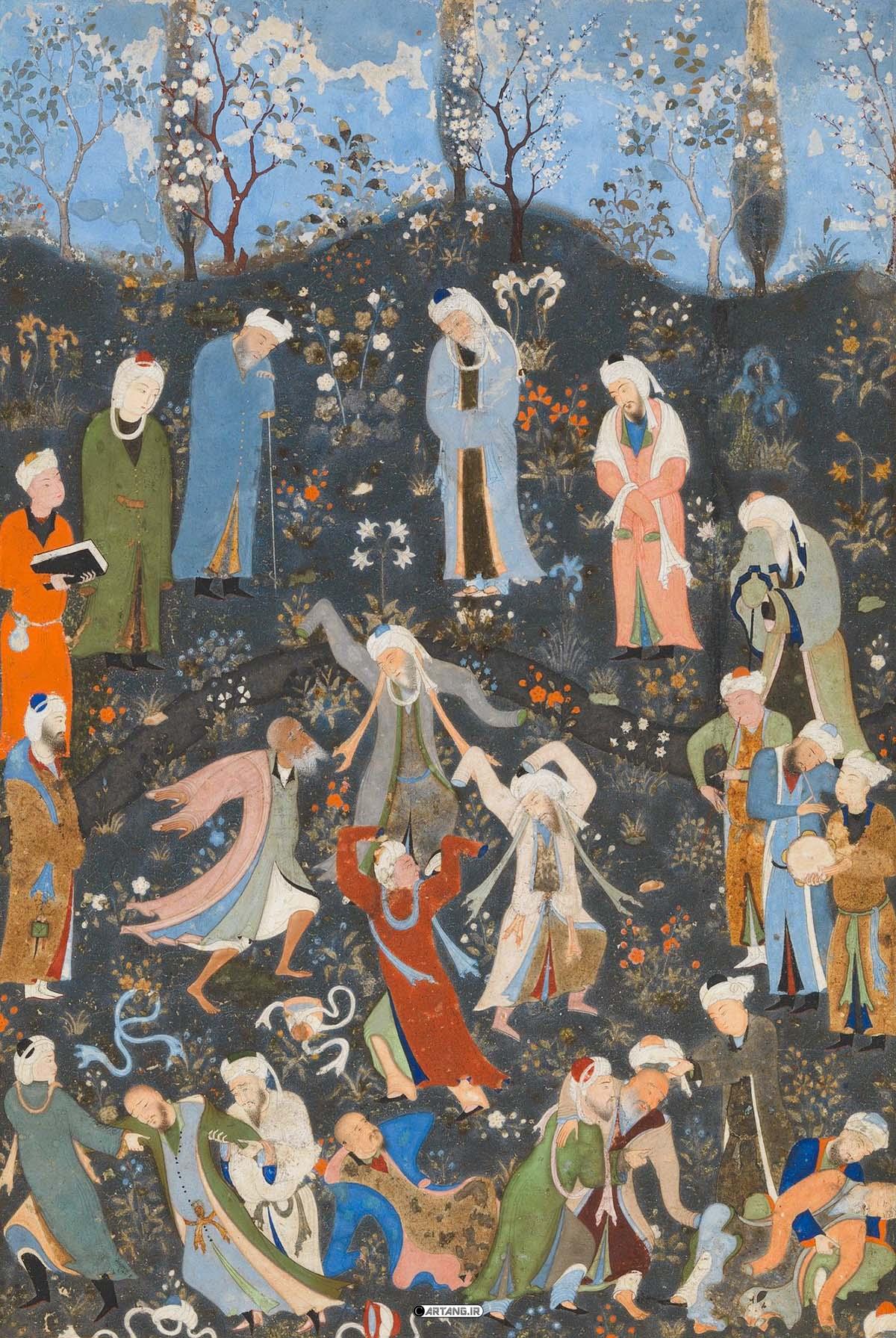
(7)_1_1.jpg)
